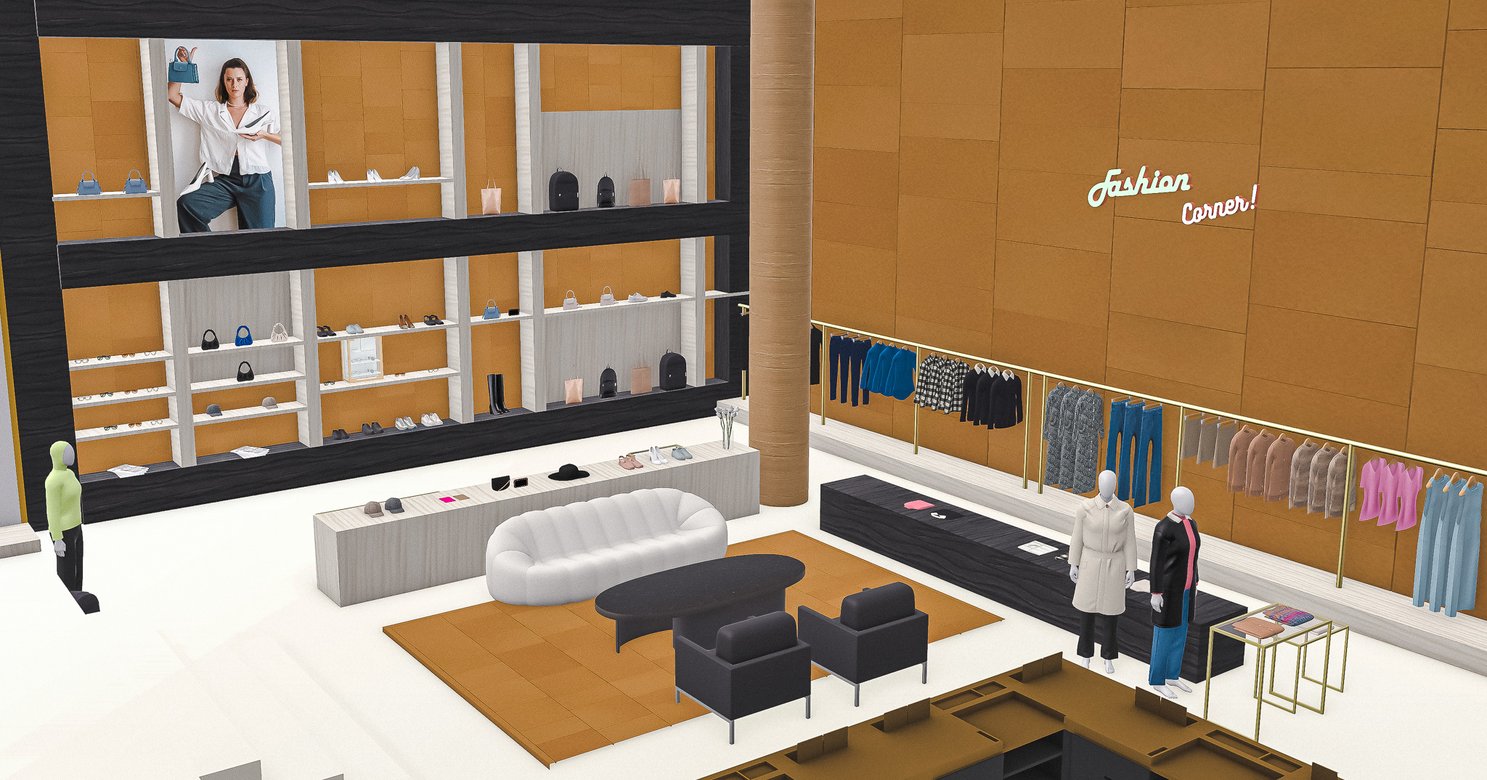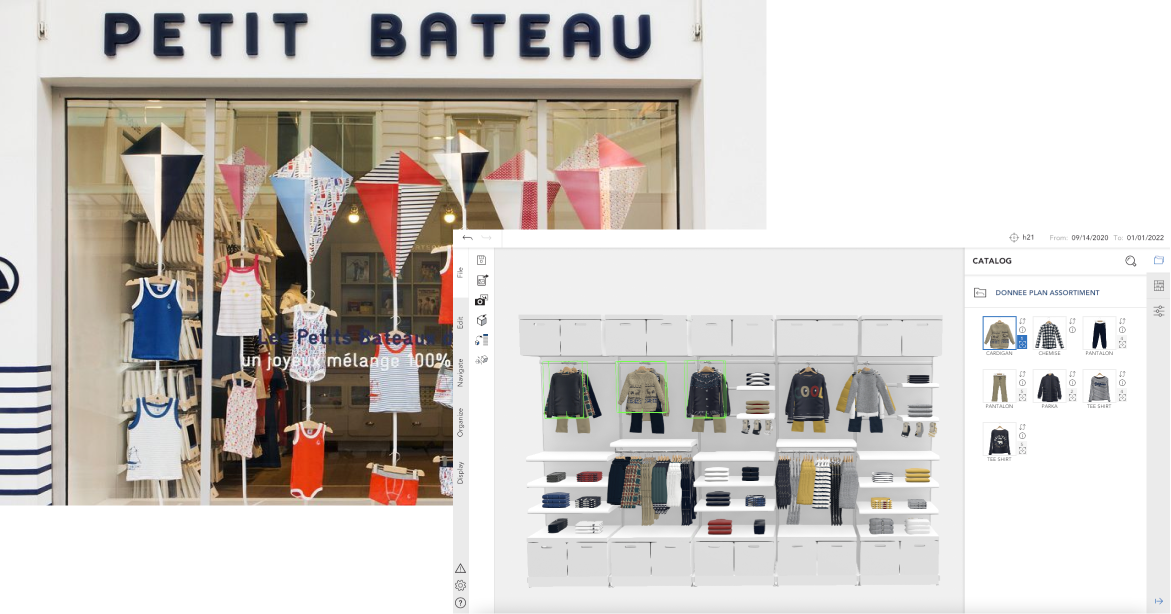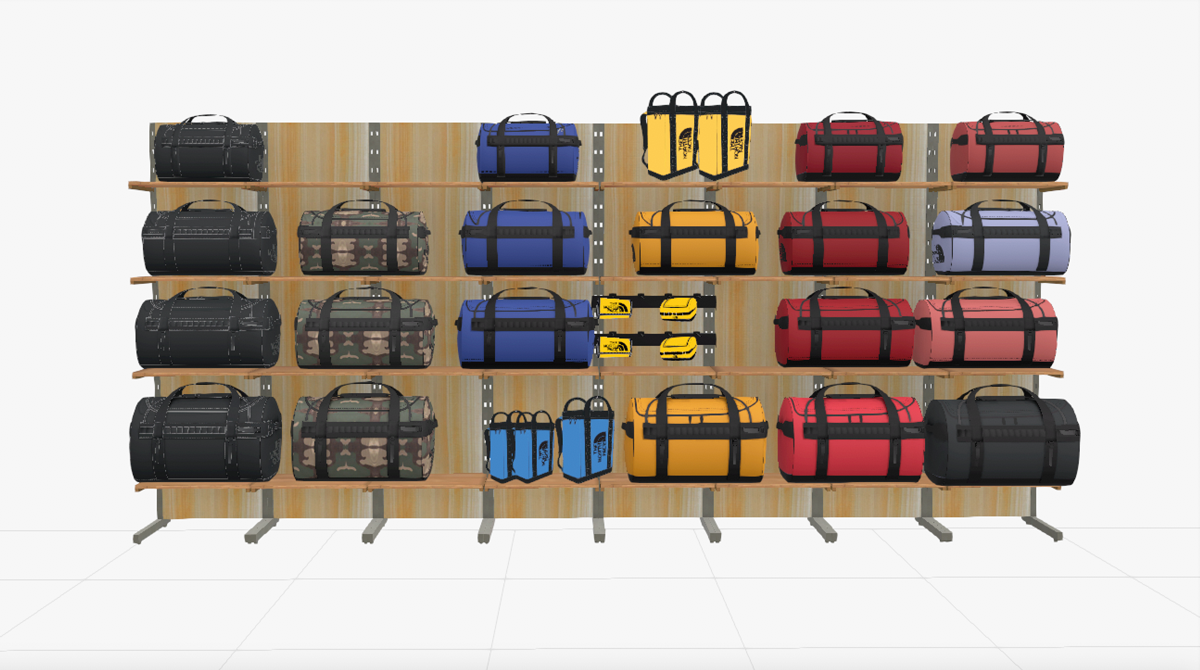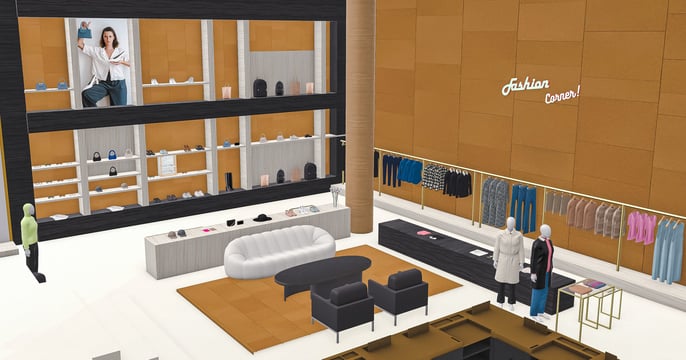North Face, Petit Bateau or Joe Fresh: how did they optimize their Visual Merchandising strategy?

North Face, Petit Bateau or Joe Fresh: how did they optimize their Visual Merchandising strategy?
The retail world has been going through a big transformation in the past few years. As we all know, many industries have been challenged to step up their game, brainstorm new ways of doing things and all this just to stay afloat.
But many brands in the retail industry have taken it a step further and thrived.
"How can that be?" You ask.
The answer is very simple: tech integration.
New technologies and digital channels have been emerging left and right, from e-commerce implementing virtual try-on to up their customer relationship and thus, sales; to retail brick and mortar brands looking inward at their processes and upgrading their visual merchandising practices with software that saves them time, ups their employees satisfaction and communication and of course, increases productivity.
"Now this all sounds fine and dandy, but I'm going to need some actual examples!"
No worries, we got you covered! Here we're going to look at 3 major brands that started using visual merchandising software and how that worked out for them.
Petit Bateau

First is Petit Bateau, a French apparel company, known for its baby and kids clothes. The brand used to do every visual merchandising process by hand, in a dedicated showroom. From folding and hanging clothes, to taking pictures and adding implementation notes for the 215 POS distribution network in Europe. The latter took up 95% of the team’s time.
“They are long and inflexible processes. We wasted time on operational tasks which meant not taking the time to create and to benchmark”, comments Anaïs Saudubray, Visual Merchandiser at the kids clothes company.
On top of this, arranging the new collection in the showroom didn't have the desired effect and made it impossible for the VM team to intervene and give their recommendations because it was too late in the development of the collections.
Then they decided to change things up and adopted a software tool specialized in merchandising; made by IWD: the IWD platform, a SaaS (software as a service) that allows brands to create planograms and share them with its distribution network.
Being a cloud based solution, it allows users to have different profile types, collaborate with one another, and instantly send merchandising guidelines to the entire network. It improved the workflow of the field team as well. Now they receive precise documents and visuals. Guidelines are sent to store teams with quick instructions that are accessible on tablets.
Among the benefits of adopting this VM software solution, is time gained for the brand, other than the increased flexibility. It now takes the Petit Bateau VM team 60% of their time to integrate models and icons in advance, among the rest of aforementioned tasks. This allows them more time to work on upcoming collections.
The tool being 100% web-based, enabled merchandising activities to continue despite stores being closed to the public and then having to ensure a reduced foot traffic .
“Today’s pandemic context pushes remote working. This tool is a considerable advantage” mentioned Guillaume. “We could not have delivered the upcoming season without it” added Anaïs.
Another advantage mentioned by Petit Bateau was a better collaboration between teams, the Visual Merchandising team now being fully autonomous in integrating their collections in IWD.
Joe Fresh
Next on the list is Joe Fresh, one of Canada's leading fashion brands. The brand has around 1,450 retail locations around the country.
Joe Fresh adopted IWD’s solutions and this has allowed the brand to save time, money, and work more efficiently as a team whether it be in the office or in stores. The company uses both store planning and store monitoring software . This gives them full control of their merchandising cycle.
Visualizing the store in 3D months before setting it in store has allowed the team to make better strategic decisions regarding products, merchandising, and stores. Being able to multiply the number of guidelines sent out to stores has ensured branding accuracy and workflow efficiency throughout their merchandising cycle.
But I think it's best if I let the actual Joe Fresh team to tell you:
"Ok, this is very interesting and it seems like having a SaaS VM platform definitely puts you at the top of the game. But you mentioned a third example?!"
The North Face


The third brand I want you to look at is none other than The North Face. Back in 2015, the North Face used to send merchandising guidelines made with Illustrator and Photoshop to their stores. Yes, you read that right!
Now, as you can imagine, those documents took many hours to produce because product image and SKU information had to be retrieved from multiple locations and several internal back & forth were needed to decide on the strategy.
But once they adopted and implemented IWD's solutions, this allowed them to create simple and easy to read directives for stores that allowed both the visual merchandising and the sales teams to save several days each season. Additionally, the field teams were able to share qualitative information about actual implementation with HQ by answering store surveys and sharing photos of each floorset setup.
There are many other examples of the benefits of upgrading your workflow and boosting productivity in your merchandising cycle, but this is it for today.
If you want more, you can check out this article that covers another batch of brands that integrated IWD's solutions and how it worked out for them.
Never miss out on latest news in the retail industry on Facebook, Youtube, LinkedIn or Instagram.
MORE ARTICLES BY THIS AUTHOR

Caroline
I am a Brand Image leader working in Retail and tech passionate about 360° storytelling. I'm also keen on travel and wildlife. I have a strong experience in building and implementing communications strategies (consumer, corporate, BtoB, social media) consistent with marketing levers and business needs. I have always been working in fast-paced environments and have experienced early days of companies that have known tremendous growth.




